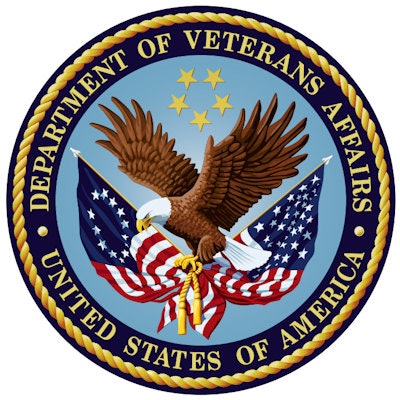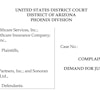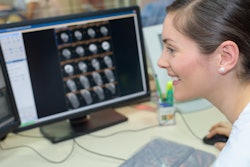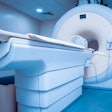
In a victory for radiologists, the U.S. Department of Veterans Affairs (VA) has scaled back a proposal that grants expanded duties to advanced-level nurses within the VA system, by removing language that some observers believed could have allowed nurses to perform and interpret medical imaging studies.
In a final rule being published December 14 in the Federal Register, the VA issued a final decision on a proposal to grant what's called "full practice authority" to nurses who have advanced training. Designed to address an ongoing personnel shortage at the VA, the proposal gives some nurses expanded responsibilities in areas such as radiology, anesthesiology, and pathology.
The final rule clarifies some language in the original proposal that had vexed the radiology community by implying that nurses would be able to interpret medical images -- a task that requires radiologists to go through 10 years of formal medical training. Instead, the VA amended the language by allowing advanced-level nurses to order studies but not perform or interpret them -- a change that won the approval of the American College of Radiology (ACR).
Personnel shortages
The VA has been scrambling to cope with a shortage of qualified healthcare personnel that has resulted in delays in medical care for veterans -- with some patients on waiting lists dying before they could receive care.
At the same time, nursing groups have been pushing the idea of full practice authority, which they interpret as allowing nurses with advanced training to take on duties once reserved exclusively for physicians. Nursing advocates had noted that some advanced-level nurses working in the VA system were unable to perform duties they had been granted the authority to perform at the state level, leading to confusion and varying standards of care.
These two trends coalesced in a May 25 proposed rule issued by the VA that would give nurses more authority to direct and practice medical care. The proposal divided advanced-level nurses into four categories, each of which could perform some procedures currently performed only by doctors.
With respect to medical imaging, the proposed rule would give certified nurse practitioners (CNPs) the ability to "Order, perform, supervise, and interpret laboratory and imaging studies."
That language set off alarm bells in the imaging community, which characterized the proposal as "crossing a Maginot Line" by letting imaging studies be interpreted by nonphysicians. Imaging groups led by the ACR organized opposition to the proposal, citing both its intrusion on physician scope of practice as well as its implications for the quality of care for veterans.
The VA acknowledged these concerns in the December 14 final rule, in which the agency cited a number of comments it received in opposition to the rule and its implications for medical imaging. Commenters raised the issue of the extensive training that radiologists receive, while others proposed that only radiologic technologists should be able to perform imaging studies. This led the VA to clarify what it was trying to accomplish with the proposal.
"It is not VA's intent to replace our highly qualified radiologists or radiological technologists," the final rule states. "VA is committed to providing high-quality healthcare for our nation's veterans and is proud of the outstanding work performed by radiologists in our system."
The VA noted in the final rule that during the course of care within the VA system, other healthcare providers outside radiology such as those in emergency departments and primary care and specialty clinics already review radiology exams and make evaluations based on the findings of radiologists. The goal of the proposal was not to change the way imaging studies are performed and read.
"All radiology studies are formally performed and read by individuals who are credentialed in radiology," the final rule states. "This rule-making will not change this practice."
To clarify the issue, the VA removed the language on "performing, supervising, and interpreting imaging studies," and replaced it with a statement that certified nurse practitioners could "order laboratory and imaging studies and integrate the results into clinical decision-making."
What if certified nurse practitioners ordered more imaging exams than physicians, resulting in additional costs and added radiation exposure to patients? The VA noted that it had received comments to this effect, but it had found no evidence to back the claim that CNPs ordered more imaging studies. Therefore, it would let stand the provision allowing CNPs to order imaging exams.
The final rule also left in place full practice authority for nurses with the clinical nurse specialist (CNS) or certified nurse-midwife (CNM) titles. But in a blow to nursing groups, a proposal that would have given full practice authority to certified registered nurse anesthetists (CRNAs) was removed from the final rule.
After leading the opposition to the proposed rule, the ACR issued a statement noting that it was satisfied with the VA's revisions to the initial proposal in the final rule.
"The ACR commends the VA for maintaining a collaborative, integrated, physician-supervised approach to imaging care," the group said in the statement.



















